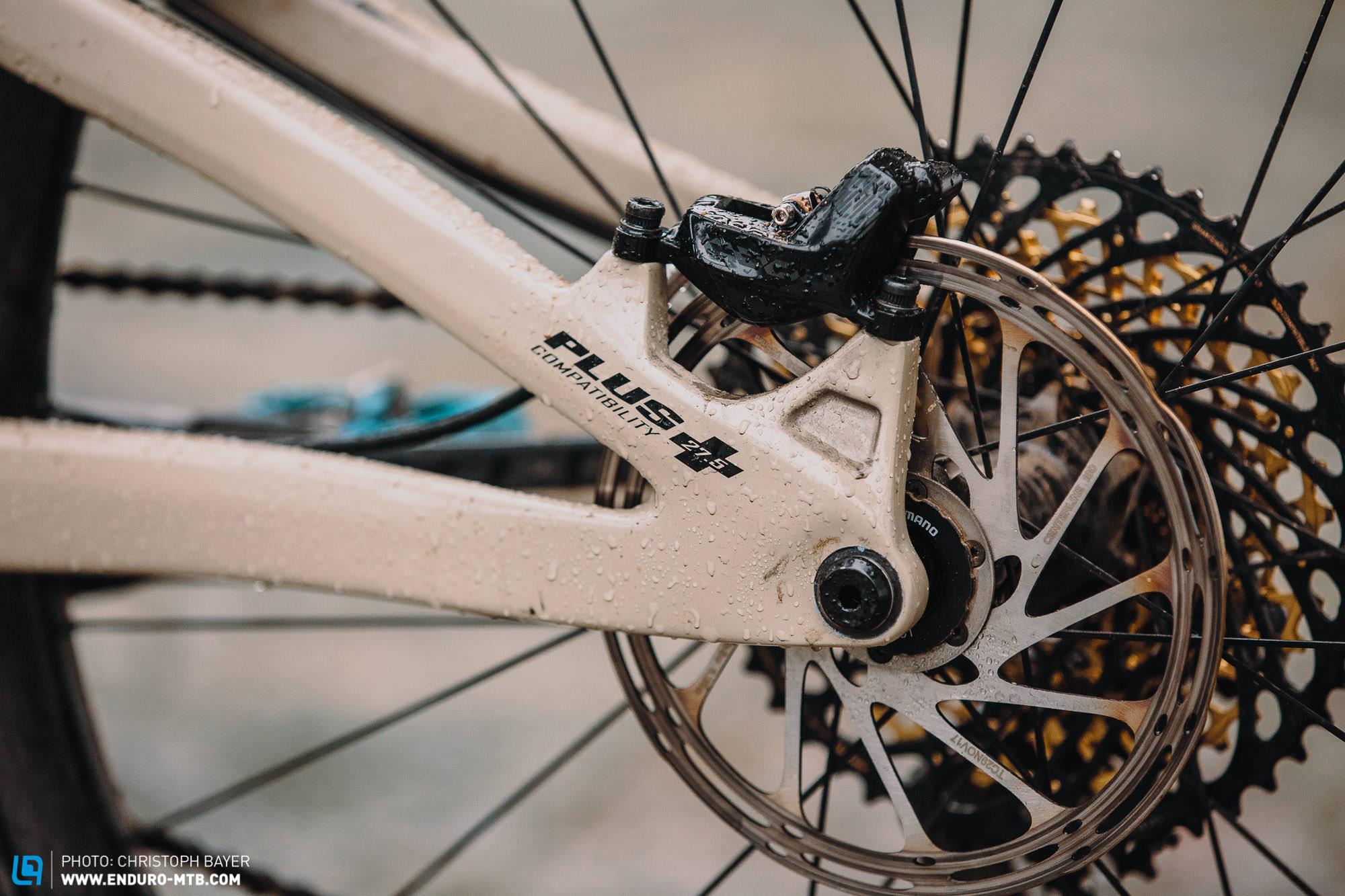Nambra
Definitely should have gone to specsavers
@Nambra really appreciate and hopefully you'll be patient with me!
So my bike is definitely where rim is centered between flanges and the rear triangle of frame is asymmetric? (Appears frame designed to have rim sit towards brake side of frame slightly) (RM Slayer 2017)
The current hub/rim combo uses single length spokes which would suggest the flanges are equal. Is that right?
If so, does that mean an offset rim doesn't make sense?
I’m probably not the right person to answer you, I’m all but spent with wheel building advice in my previous post!
So, doing a little more digging (and here) on your RF Aeffect R 30 wheel, it does indeed say that it is built around one spoke length and possibly a decent Formula hub - spokes are also bladed too?
The fact that the drive and non-drive side spoke lengths are the same is likely to be a result of:
a) different flange diameters on the hub,
b) offset drilling on the rim (if it is offset), and
c) offset frame design if indeed your RM Slayer is designed like this... I'm not sure it is though.
If you install your rear wheel the wrong way around (might need to take off your brake rotor) does the tyre still look lined up the same in the rear triangle? If so, there's probably no hub asymmetry with respect to the frame ie. it's a 'normal' frame. Clearance from tyre to chain stay and seat stay might differ from one side to the other even when the wheel is centrally aligned - probably a result of optimisations in the design process (possible due to all the finite element analysis and stress modelling that modern CAD tools are capable of).
I digress though - you're simply after a new rim aren't you. I think you've got two options:
- If you want to keep your existing spokes, then you need a rim that closely matches the old one, in terms of ERD (effective rim diameter) and spoke drilling offset if applicable. This is going to limit your options, but you'll probably still find a good rim. Finding out the details on the old rim might be more the challenge (has the rim got any markings)?
- You choose a rim you want, then recalculate the spoke lengths for it and get new spokes and nipples at the same time. Sometimes this is better as you know you've got a more or less brand new wheel at the end of it (assuming the hub is in good condition).
Does this resemble your current wheel (stolen from mtb direct)? If so, it looks like a standard symmetrical rim, and you can see the wider drive side hub flange. A symmetrical rim would be easier to find a replacement for - you just need the ERD of the current rim.


